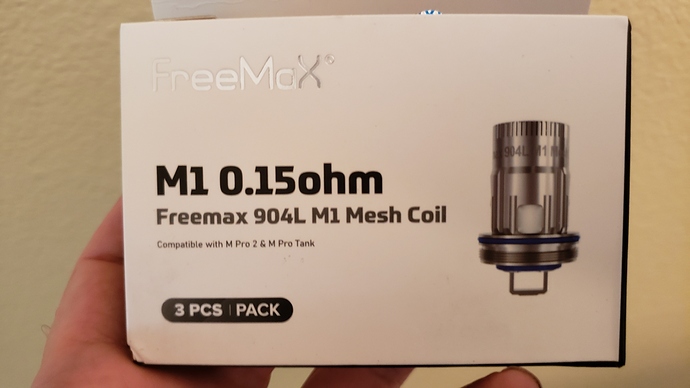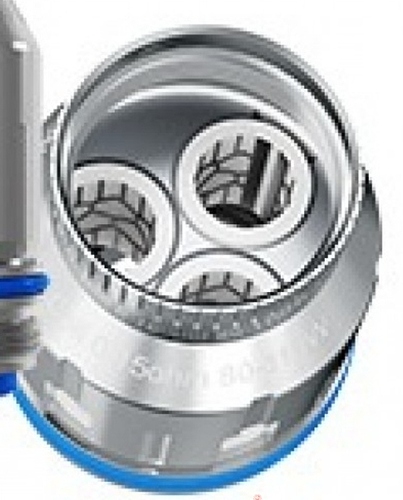It appears very similar to 316L so I have no idea why they would choose it. Wiky says:
904L is an austenitic stainless steel. In comparison to 316L, its molybdenum addition gives it superior resistance to localized attack (pitting and crevice corrosion) by chlorides and greater resistance reducing acids and in particular its copper addition gives it useful corrosion resistance to all concentrations of sulphuric acid. Its high alloying content also gives it greater resistance to chloride stress corrosion cracking, but it is still susceptible. Its low carbon content makes it resistant to sensitization by welding and which prevents intergranular corrosion.[1][2][3][4]
It has applications in piping systems, pollution control equipment, heat exchangers, and bleaching systems.[5]
In 1985 Rolex became the first wristwatch manufacturer to utilize 904L grade steel in its watches.[6] Rolex chose to use this variety of steel because it takes a higher polish than other grades of steel and provides greater corrosion resistance, though it does not machine as well and requires specialized equipment to be properly modified into the required shapes.
Composition
Composition of 316L:
SAE 316L grade stainless steel, sometimes referred to as A4 stainless steel or marine grade stainless steel , is the second most common austenitic stainless steel after 304/A2 stainless steel. Its primary alloying constituents after iron, are chromium (between 16–18%), nickel (10–12%) and molybdenum (2–3%), with small (<1%) quantities of silicon, phosphorus & sulfur also present. The addition of molybdenum provides greater corrosion resistance than 304, with respect to localized corrosive attack by chlorides and to general corrosion by reducing acids, such as sulfuric acid.[1] 316L grade is the low carbon version of 316 stainless steel. When cold worked, 316 can produce high yield and tensile strengths similar to Duplex stainless grades.
It is commonly used in chemical and petrochemical industry, in food processing, pharmaceutical equipment, medical devices, in potable water[2][3], wastewater treatment[4], in marine applications[5] and architectural applications near the seashore or in urban areas.[6][7]
My gut tells me its just gimmickry. None of those conditions are present in vaping products that I’m aware of.

